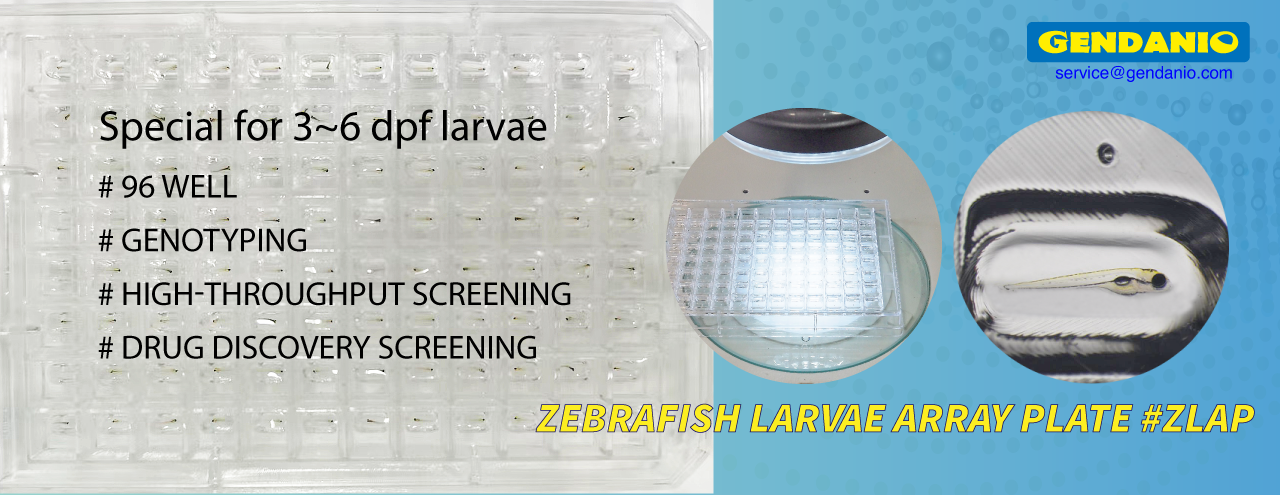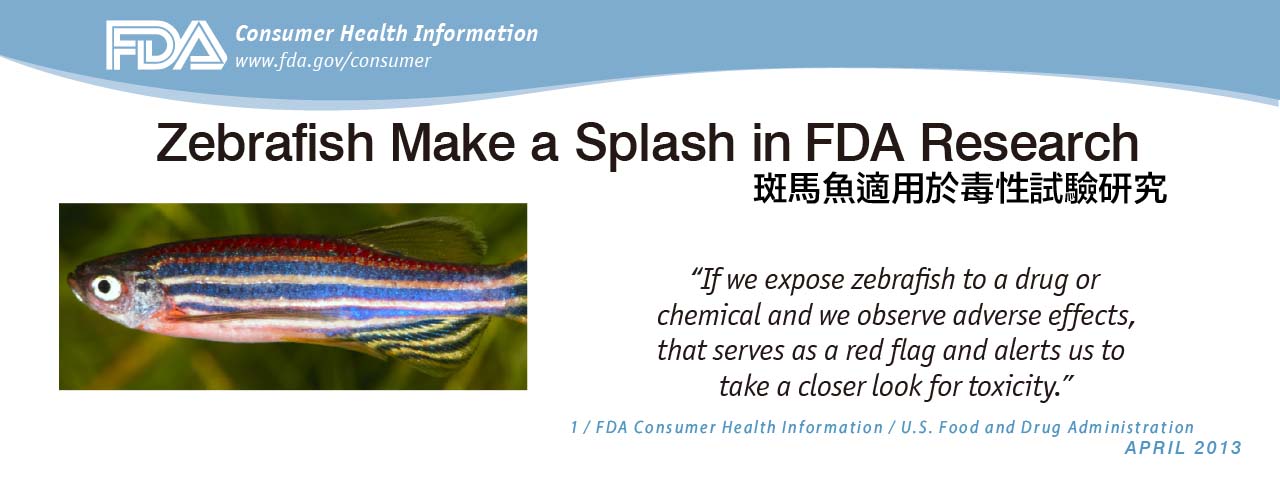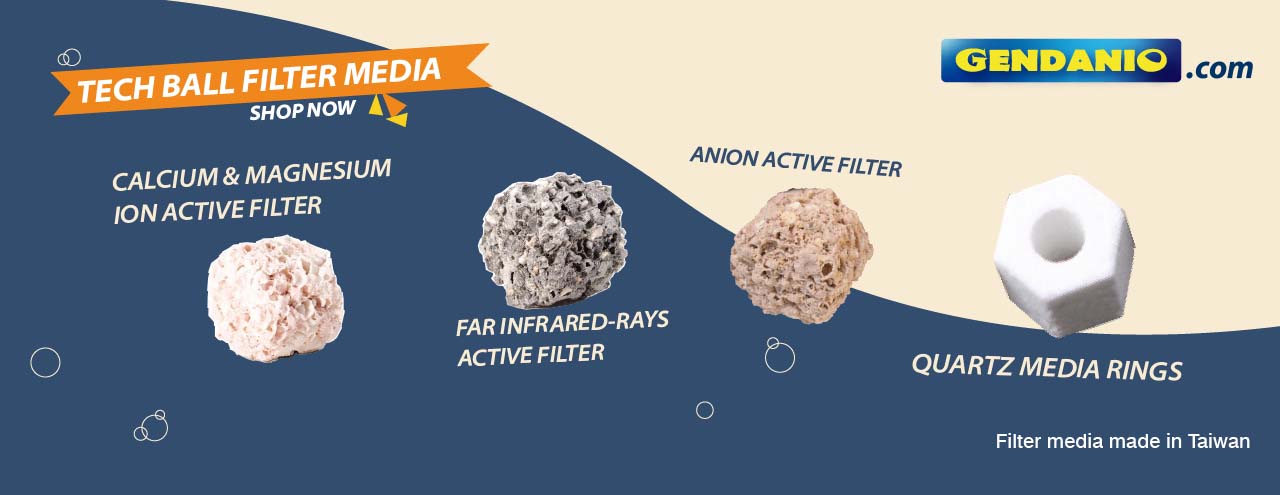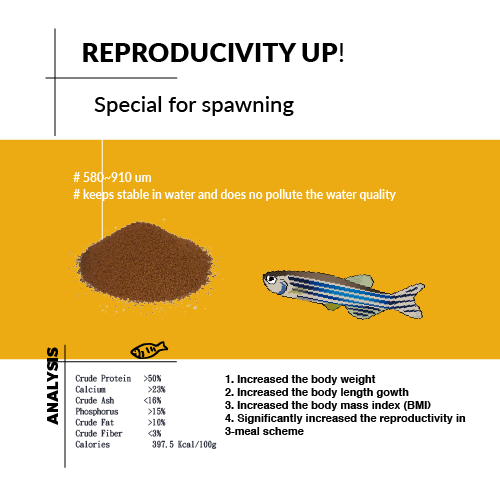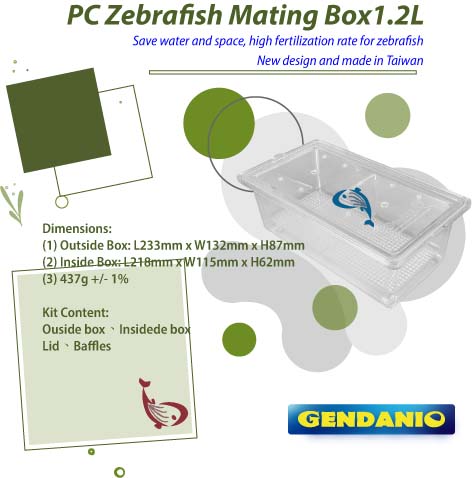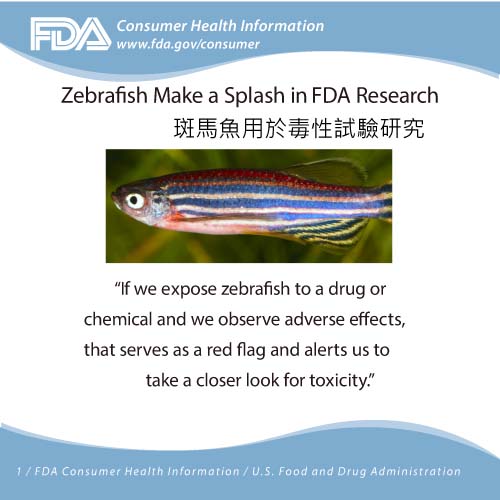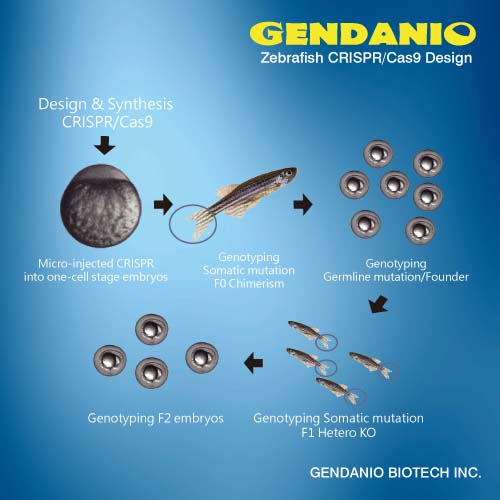ScienceDaily (May 25, 2011) — New information has come to light explaining how injured skin cells and touch-sensing nerve fibers coordinate their regeneration during wound healing. UCLA researchers Sandra Rieger and Alvaro Sagasti found that a chemical signal released by wounded skin cells promotes the regeneration of sensory fibers, thus helping to ensure that touch sensation is restored to healing skin. They discovered that the reactive oxygen species hydrogen peroxide, which is found at high concentrations at wounds, is a key component of this signal.
The study, published on May 24th in the online, open access journalPLoS Biology, was conducted in zebrafish larvae -- an experimental model widely used to investigate development and regeneration. The optical transparency of these larvae make it possible to image sensory fibers in live animals and measure their regeneration.
Detection of touch stimuli, such as pressure, temperature, and noxious chemicals, is achieved by peripheral sensory axons, which form highly branched networks in the skin. Following injury, skin cells proliferate and migrate to seal the wound, and peripheral sensory axons innervating the skin must also regenerate to restore sensory function. Experiments in amphibians and chickens have suggested that wounded skin promotes peripheral axon regeneration, but molecular mediators of this effect had not been identified. Hydrogen peroxide has long been known to be a toxic byproduct of cellular damage, but only recently has it been appreciated that low concentrations of it can activate certain molecular pathways that regulate cellular development. Whether hydrogen peroxide also plays a role in peripheral axon regeneration had not been explored.
To test whether injured skin can promote axon regeneration, Rieger and Sagasti amputated the tip of a larval zebrafish tail and used time-lapse fluorescent microscopy to monitor the behavior of nearby peripheral sensory axons. Amputating the tail boosted axon growth and allowed axons to penetrate regions of the skin that normally repel them. They also found that damaging skin cells anywhere in the body promoted the regeneration of nearby sensory axons, demonstrating that injured skin cells are the source of the signal. Adding hydrogen peroxide to the media of uninjured larvae mimicked the axon growth-promoting effect of damaging skin cells. Conversely, preventing the production of hydrogen peroxide blocked the ability of damaged skin to promote axon regeneration. Together these results demonstrate that hydrogen peroxide released by damaged skin cells is a key component of a signal that promotes axon regeneration.
"This work raises several exciting new questions about the role of hydrogen peroxide signaling between wounded skin and axons," explains Sagasti. "Is hydrogen peroxide perceived directly by axons, does it elicit a second signal from keratinocytes, or does it modify the extracellular environment to promote axon growth? What pathways in the neuron transduce growth-promoting signals into regenerative axon growth?" Answering these questions may suggest treatments to improve the healing of skin wounds that restore not only the integrity of the skin, but also its sensory function.
This work was funded by a CABS award from the Burroughs Wellcome Fund, a Whitehall Foundation grant award and a grant from the National Institute of Dental and Craniofacial Research (1R01DE019487).
Source: ScienceDaily


